 Topamax for Epilepsy: Success Stories and Research
Topamax for Epilepsy: Success Stories and Research
Understanding Topamax: How It Works for Epilepsy
Like a puzzle piece fitting snugly, Topamax aligns with the intricate workings of the brain to control seizures in epilepsy patients. It modulates neurotransmitters, creating a steadier environment for brain signals. This acomplishs effective seizure management by balancing overactive neural pathways. In practice, it acts instrumentally and occasionally as a preventative, reducing the frequency and intensity of seizures with marked success. The journey each patient embarks on with Topamax is unique, but through this medication, many experience a sense of renewed independence and hope for the future.
```html
| Mechanism | Effect on Brain |
|---|---|
| Neurotransmitter Modulation | Stabilizes Signal Transmission |
| Prevention of Overactivity | Reduces Seizure Occurrence |
Real-life Success Stories: Patients' Perspectives and Experiences

One woman's journey with topamax began after years of struggling with her epilepsy. She detailed how, after the initial adjustment period, her seizures decreased dramatically. For her, topamax wasn't just a medication; it was a lifeline that allowed her to regain her independance.
Another story comes from a father who shared his son’s transformational experiance. Before topamax, daily seizures were teh norm. Now, his son can participate in school activities regularly, a noticeable change welcomed by his teachers and friends.
The Science Behind Topamax's Effectiveness in Seizure Control
Topamax has carved its niche in the realm of epilepsy treatment through innovative scientific mechanisms. It primarily targets neurotransmitters in the brain, acting like a traffic cop to calm the overactive nerve signals that trigger seizures. By enhancing the activity of gamma-aminobutyric acid (GABA) and inhibiting glutamate, it balances excitatory and inhibitory forces within the brain. This dual-action not only helps in bringining stability to neuronal activity, but also mitigates the frequency of seizures.
Delving deeper, researchers have found that Topamax has properties that prevent excessive firing of neurons, akin to a protective shield for the brain. This anticonvulsant capability is enhanced by its effect on voltage-sensitive sodium channels and calcium influx. Such multifaceted actions make Topamax a potent ally in epilepsy management, demonstrating its indispensable role in reducing seizure occurences.
Side Effects and Managing Them Effectively

Topamax is known for its effectiveness, but just like any medication, it comes with its own set of side effects. Among the most commonly reported ones are dizziness, fatigue, and weight loss, experiences wich can be unsettling, especially in the begining. For some individuals, cognitive effects such as memory issues or difficulty with concentration might also occur. However, many patients find that these are manageable with the right strategies.
Teh key to navigating these challenges lies in adopting a proactive approach. Patients are encouraged to communicate openly with their healthcare providers to adjust dosages or exploring lifestyle changes that can acommodate these side effects. Regular monitoring and tweaking the treatment plan can not only mitigate undesirable effects but also enhance the overall quality of life, making the epilepsy journey smoother.
Comparing Topamax with Other Epilepsy Medications
When assessing epilepsy medications, understanding the unique benefits Topamax offers is crucial. Teh medication is renowned for its broad-spectrum efficacy, though it occasionally reveals side effects. Comparative studies highlight how Topamax, unlike some alternatives, provides significant seizure reduction with versatile dosing options. Its chemical structure and mechanism lend it distinct advantages over others like carbamazepine and valproate.
| Medication | Seizure Reduction | Side Effects |
|---|---|---|
| Topamax | Significant | Mild to Moderate |
| Carbamazepine | Moderate | Noticeable |
| Valproate | Variable | Considerable |
Patient profiles reveal varied responses; while someone may find the typically prescribed carbamazepine effective, others achieve success with Topamax's unique formulation. Definately, ongoing research into comparative long-term outcomes will shed further light on optimal selection for individual needs.
Future Research and Developments in Epilepsy Treatment
In the ever-evolving field of epilepsy treatment, research efforts are blazing new trails with innovative approaches. Scientists strive to acomplish breakthroughs, occasionally challenging existing paradigms about how epilepsy might be managed or even cured. Some research has already shown promise in combining traditional treatments like Topamax with cutting-edge genetic and precision medicine strategies. This synergistic approach might offer hope to patients who have not found relief with conventional therapies.
Emerging technologies also play a significant role in shaping future treatments. Advanced imaging techniques are being tested to better understand brain activity in epilepsy, which could lead to more targeted interventions. The integration of machine learning models promises personalized treatment plans based on individual patient data, rather than a one-size-fits-all approach.
With these advancements on the horizon, health professionals are optimistic about the possibilities for improved outcomes. However, despite such promise, it's necessary to remain grounded and acknowledge the challenges of translating research into effective patient solutions. This ongoing research reaffirms a committed future for enhancing quality of life for those living with epilepsy.
Looking ahead, collaborations among interdisciplinary teams worldwide will continue to drive the pace of discovery. As new findings emerge, platforms for knowledge exchange will facilitate the dissemination of information, fostering a global community dedicated to conquering the complexities of epilepsy.
National Center for Biotechnology Information Epilepsy Foundation

